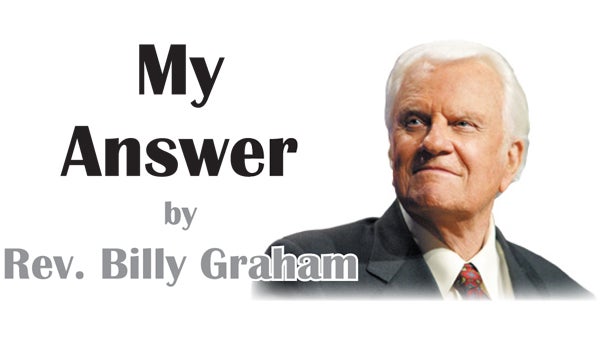Vision Zero: Making communities more pedestrian-friendly
Published 9:53 am Wednesday, June 24, 2015
According to the World Health Organization, road traffic injuries are the seventh leading killer of people all over the world and are projected to increase to the fifth leading killer by 2030. 1.2 million people are killed every year in road or traffic accidents — that’s almost the entire population of New Hampshire killed in traffic accidents annually. This has caused some concerns for politicians, activists, engineers and planners in Sweden, and in 1997, the country’s parliament approved a new initiative called Vision Zero.
Vision Zero is an initiative with an end goal of zero people being killed in traffic accidents. This may be in car-to-car accidents, car-to-pedestrian accidents or car-to-bicycle accidents. In any case, zero people killed by accidents on Swedish roads. This initiative uses a multipronged approach to achieve its goal.
First, it builds support with politicians, corporations and the public to begin looking at and demanding safer environments for those using public roads.
Secondly, it looks at vehicle design to determine how cars can be designed better to withstand side and front impacts as well as impacts with pedestrians and bicyclists.
Third, it recognizes that humans are not perfect and encourages engineers and planners to create roadway systems that anticipate accidents and develop roadway design solutions to minimize or eliminate the most deadly types of accidents.
Traditionally, when designing or redesigning a roadway system, we focus on accidents, and assume human behavior is perfect. We fault one person (the driver) for accidents, and we think that saving lives will be too expensive.
Vision Zero turns all of this upside down and encourages us to focus on fatalities, assume humans are not perfect and design for their imperfection. It places fault for road deaths on drivers, auto manufacturers, and roadway designers, and postulates that saving lives should be cheap.
The data has proved the results of this initiative to be drastic and it has been adopted all over Europe. The United States is also beginning to look at this initiative with cities like New York, San Francisco, Boston, Portland, and Seattle all implementing Vision Zero.
While we don’t have high occurrences of pedestrian or bicycle deaths here in Elizabethton, everyone must play their part and be mindful of road safety for ALL users of the road — drivers, cyclists and pedestrians. The multimodal grant we just received is an effort to be proactive to prevent accidents or even deaths as we work to become a more pedestrian friendly community. It may not always be convenient to drivers, but having multiple types of transportation provides many benefits to our community and our citizens. Let’s talk about it!
Jon Hartman is director of Planning & Development for the City of Elizabethton. Reach him at jhartman@cityofelizabethton.org.




